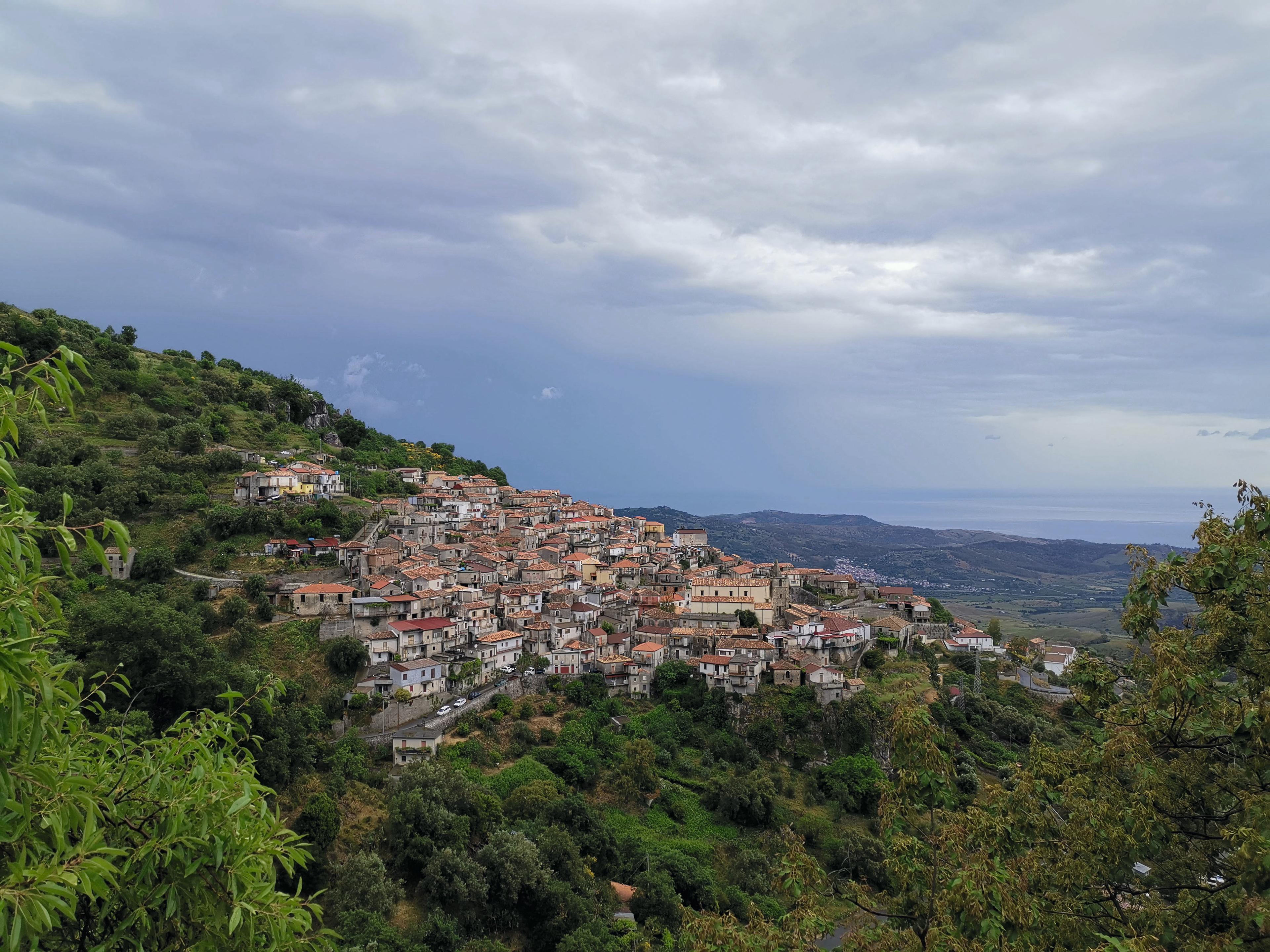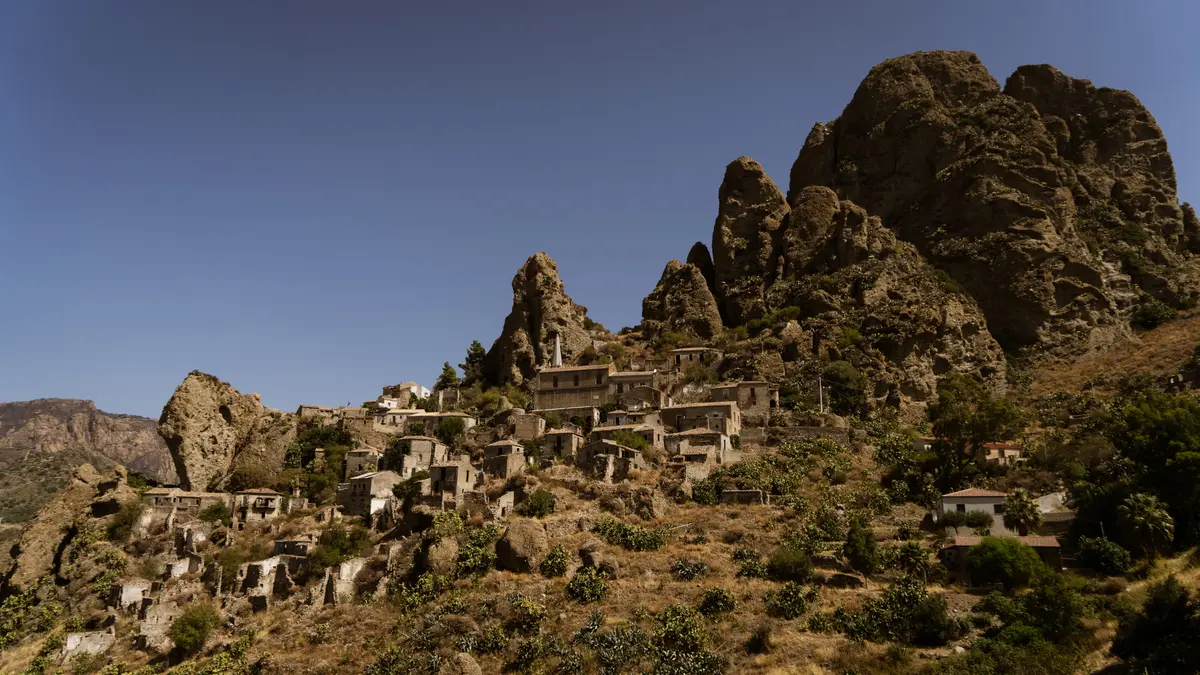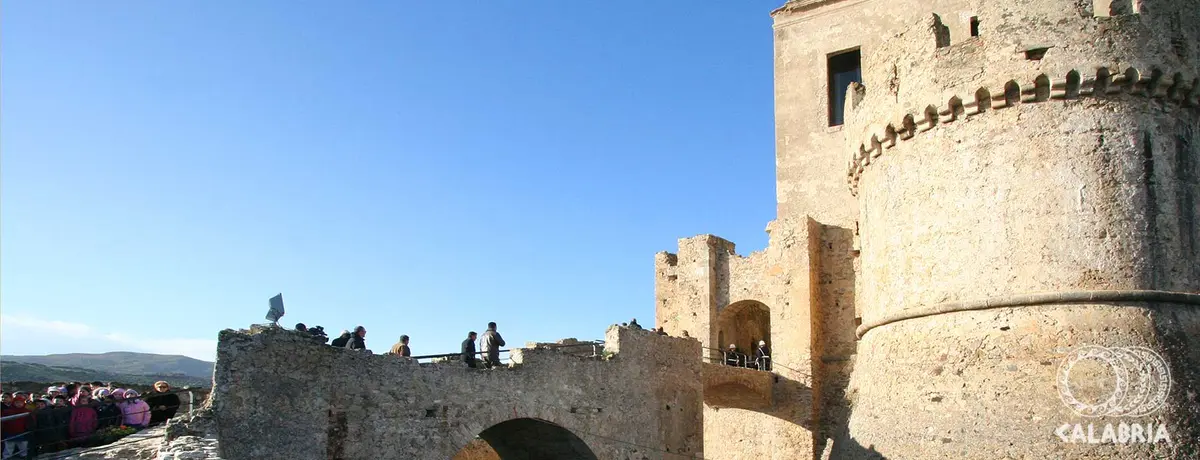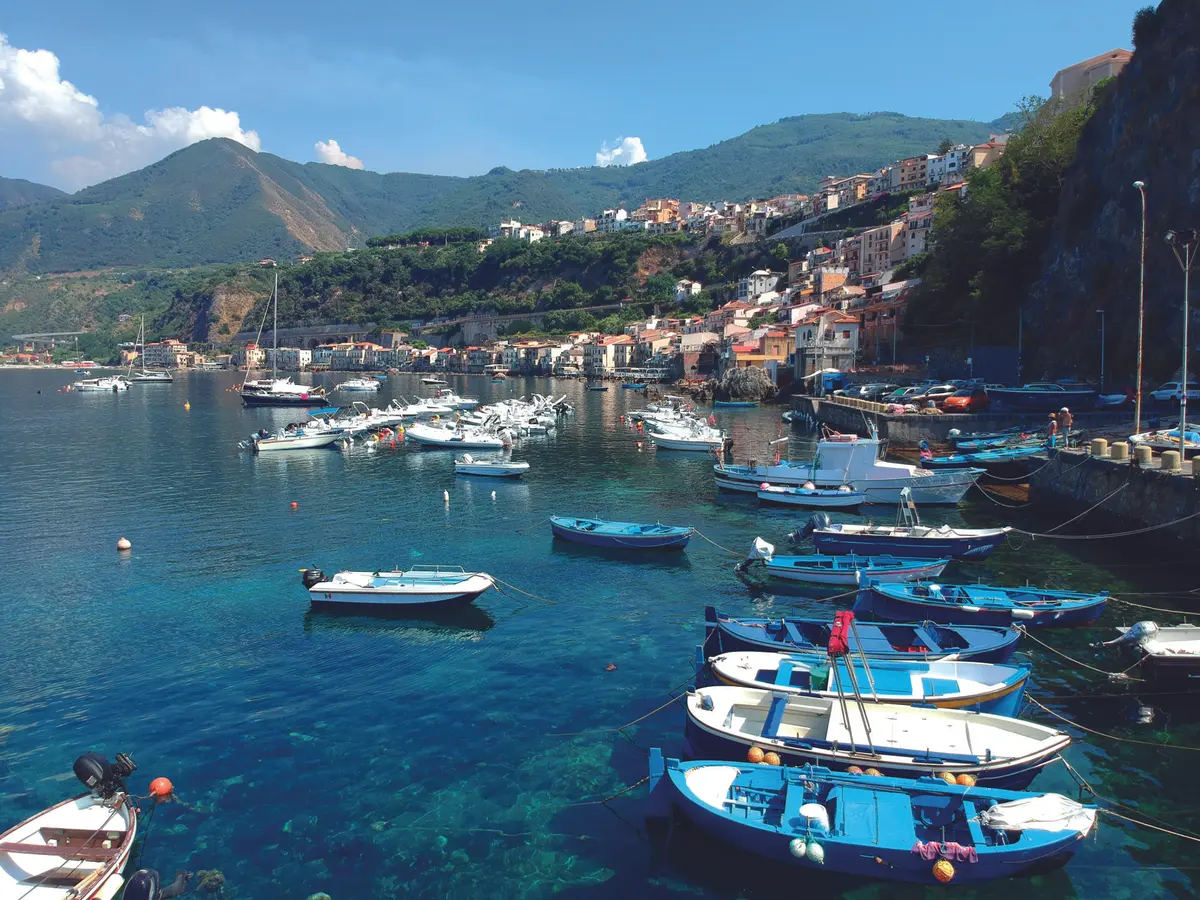The Englishman's Path: in the footsteps of Edward Lear
On the trail of the Grand Tour: the ‘’Englishman's Path‘’ in the Aspromonte National Park
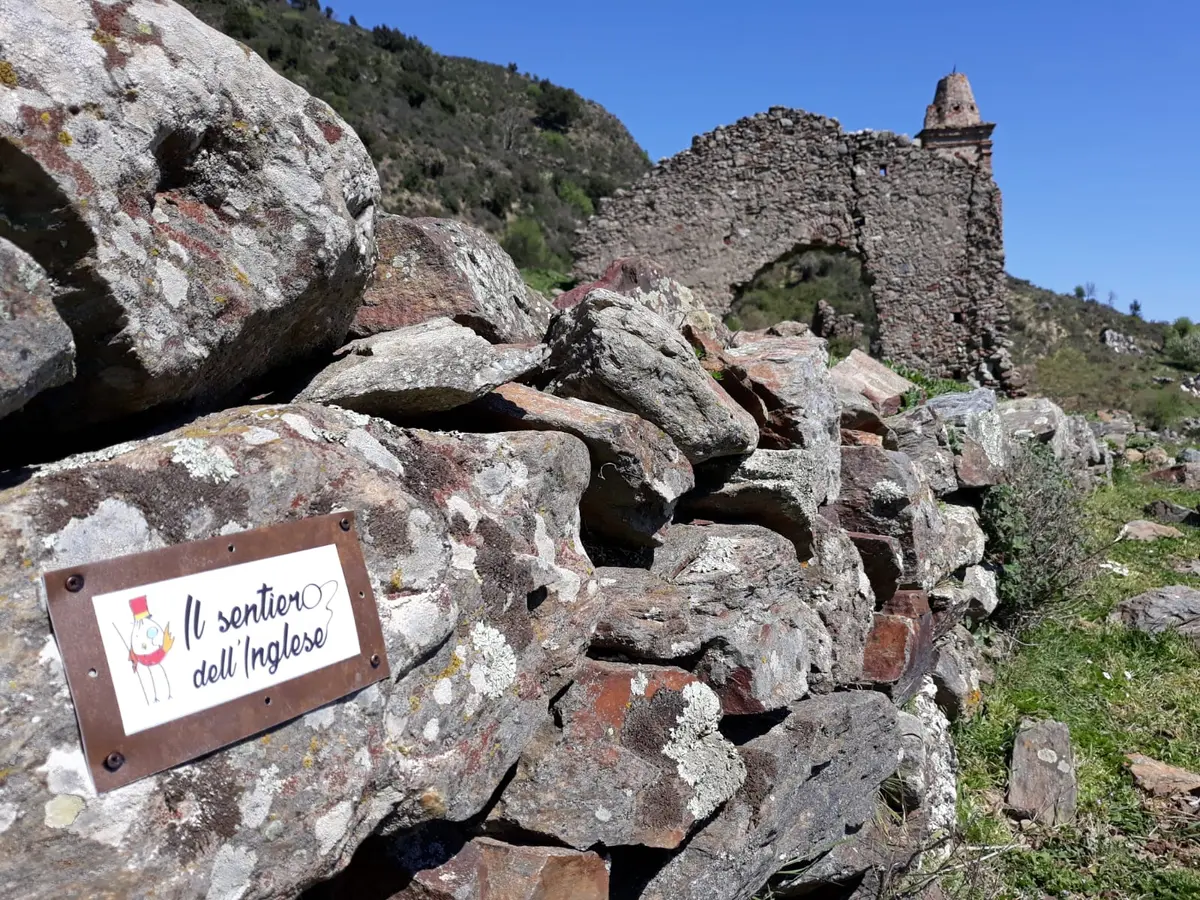
Naturalistic
Sentiero dell'Inglese
Travel information
Category
Naturalistic
Target
Friends/Single,Couple
The ‘’Englishman's Path‘’ is the evocative itinerary that follows in the footsteps of Edward Lear in Calabria at the time of the Grand Tour. The English artist Edward Lear, the journey to Calabria and the atmospheres of the ‘’ghost towns‘’ come to life along the ‘’Englishman's Path‘’ in Aspromonte, in an area that is both a National Park and one of the most evocative literary settings in Calabria.
Edward Lear, an English writer and illustrator who lived in the 1800s, was in love with Italy and Calabria: he travelled in the Roman countryside, in Abruzzo, and then in Molise, but it was Calabria above all that won him over. In 1847, Edward Lear visited the province of Reggio Calabria and in his Journals of a Landscape Painter in Southern Calabria, published in 1852 in England, he recounted his Calabrian journey in a fascinating illustrated account.
In the company of a friend and a donkey, Edward Lear treated himself to a walking trip to the Aspromonte. And it is precisely in those footsteps that the ‘’Englishman's Path‘’ passes today, a trek that skirts the Aspromonte National Park and can be walked in a week, starting from the splendid ‘’ghost town‘’ of Pentedattilo (municipality of Melito Porto Salvo) to Staiti. A splendid itinerary, passing through Amendolea di Condofuri, Gallicianò and Bova, the territory where the ethnolinguistic minority of the ‘’Greeks of Calabria‘’ still survives.
We are in the Aspromonte National Park, an area of great biodiversity due to its geographical position (at the centre of the Mediterranean) exposed on the Ionian and Tyrrhenian sides, with different microclimates and therefore great heterogeneity of landscapes and habitats: from the Mediterranean maquis, with tall holm-oak woods, unique on the Peninsula, to the vast natural pinewoods, passing through beech woods, with valleys furrowed by the characteristic rivers.
The "Englishman's Path" is recommended for experienced hikers, suitable in spring, summer and autumn.
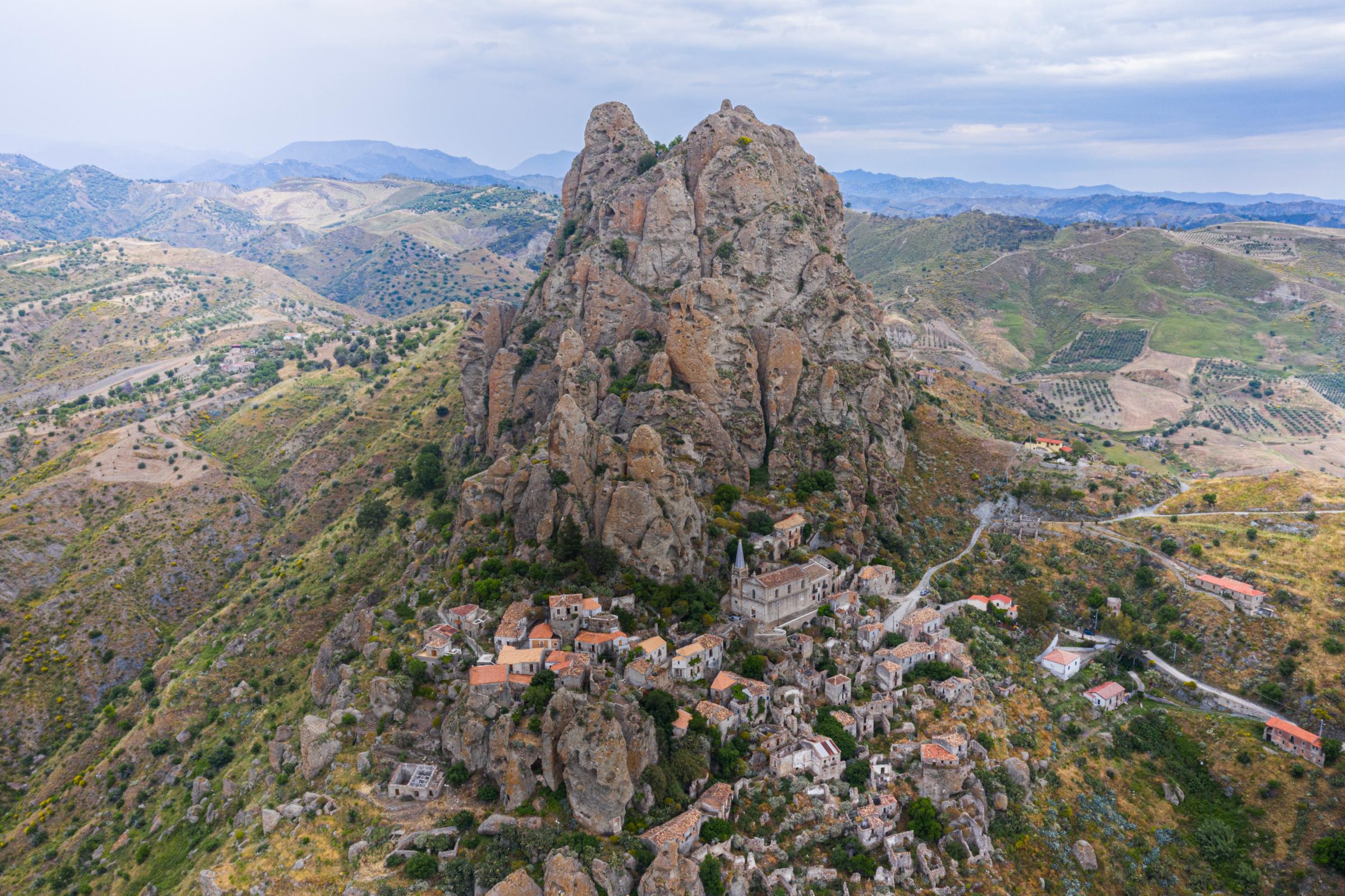
Pentedattilo
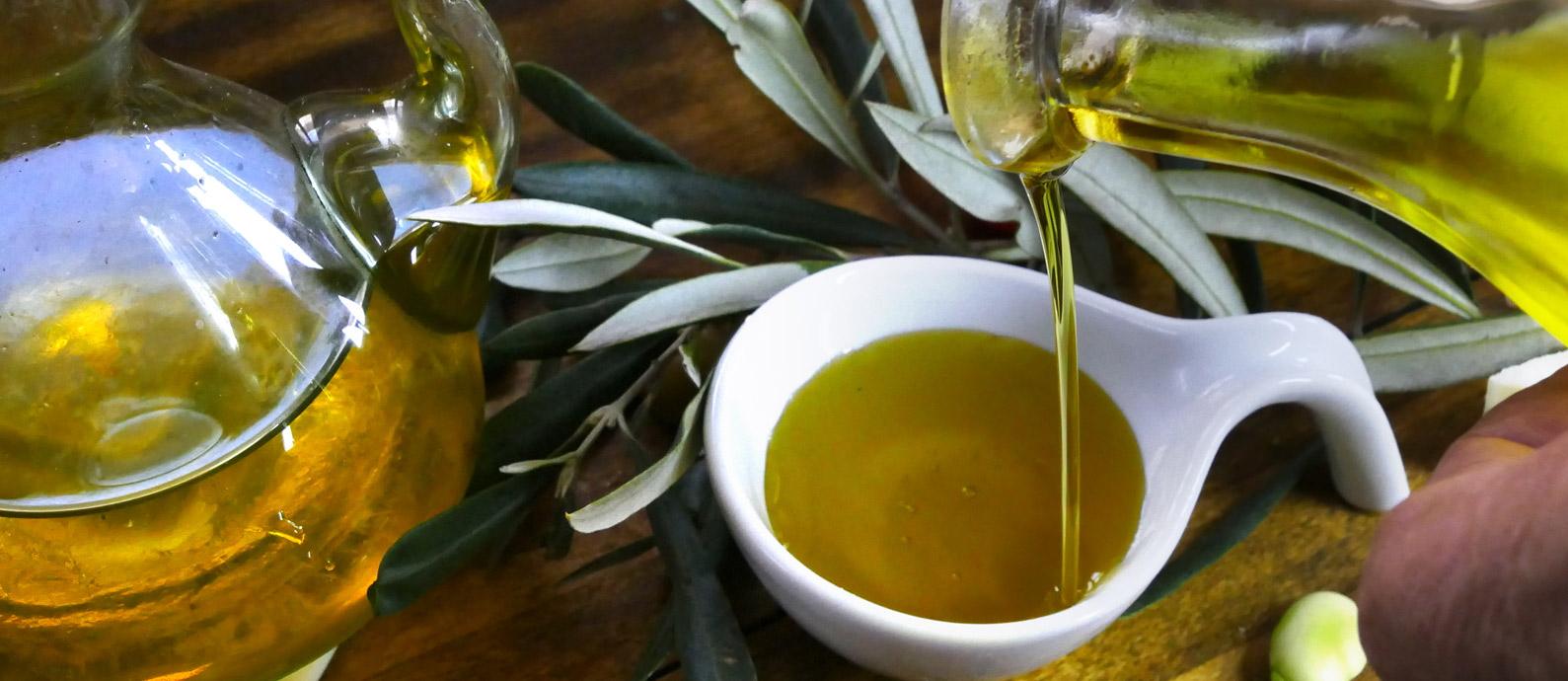
Bagaladi
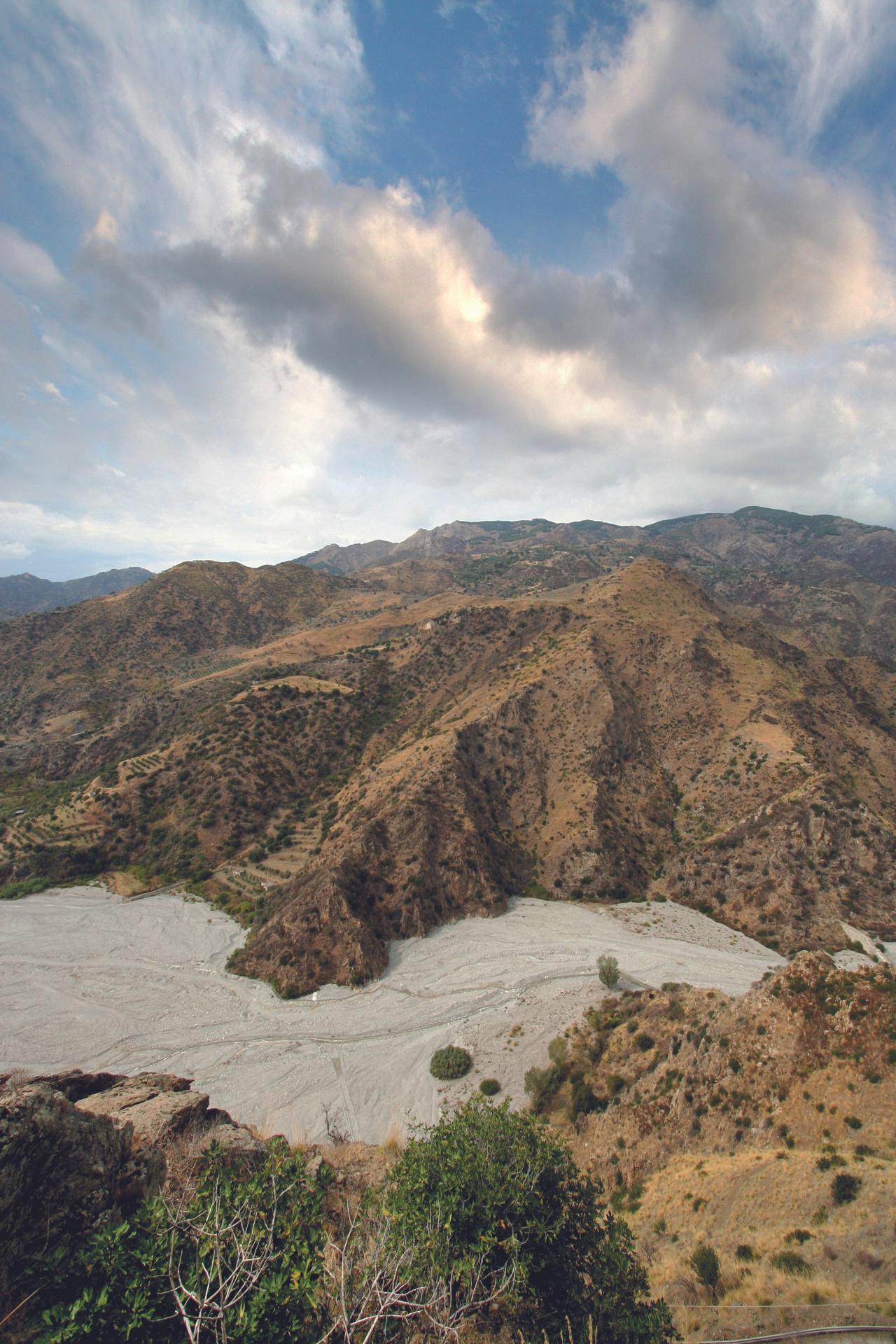
Amendolea
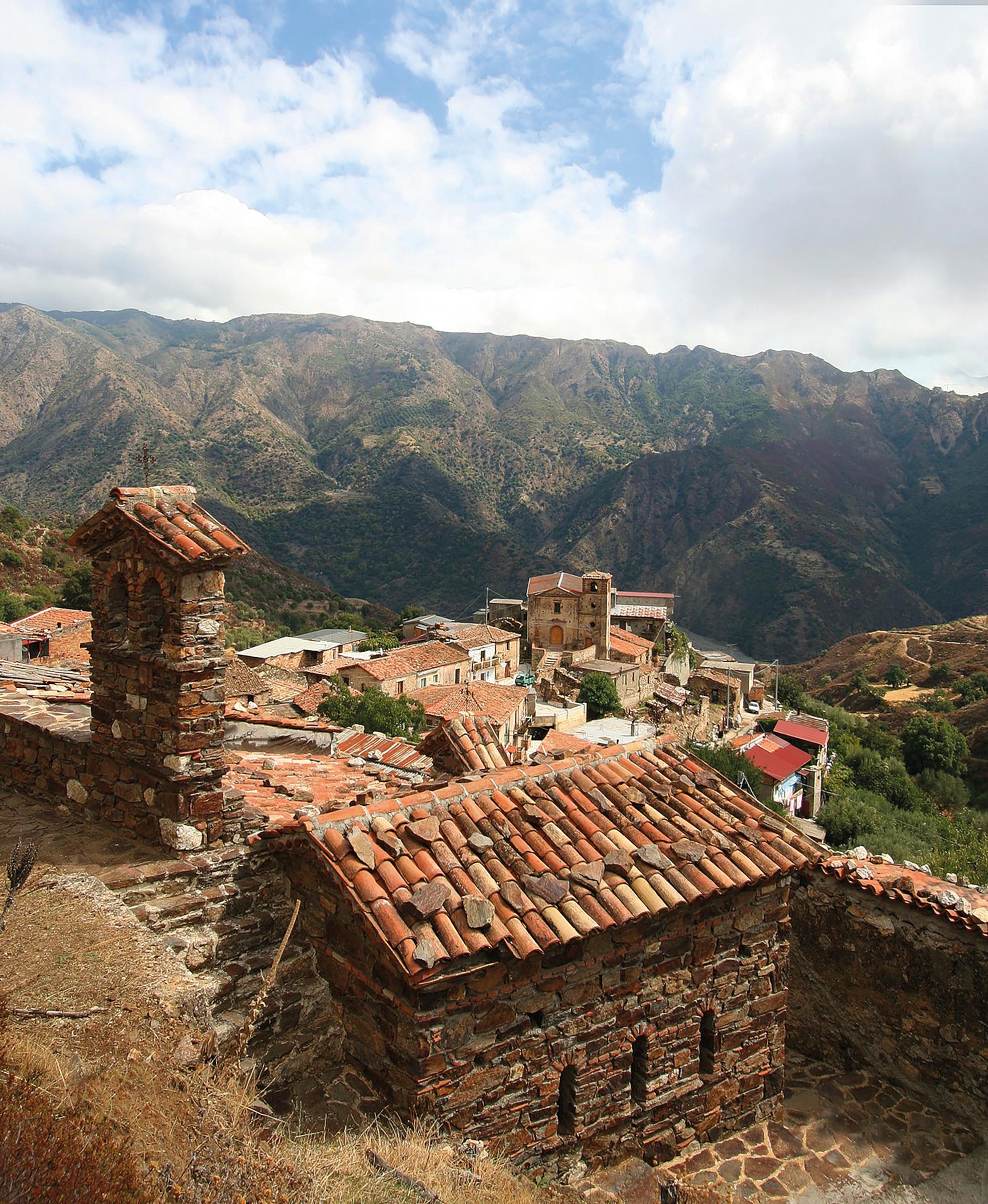
Gallicianò
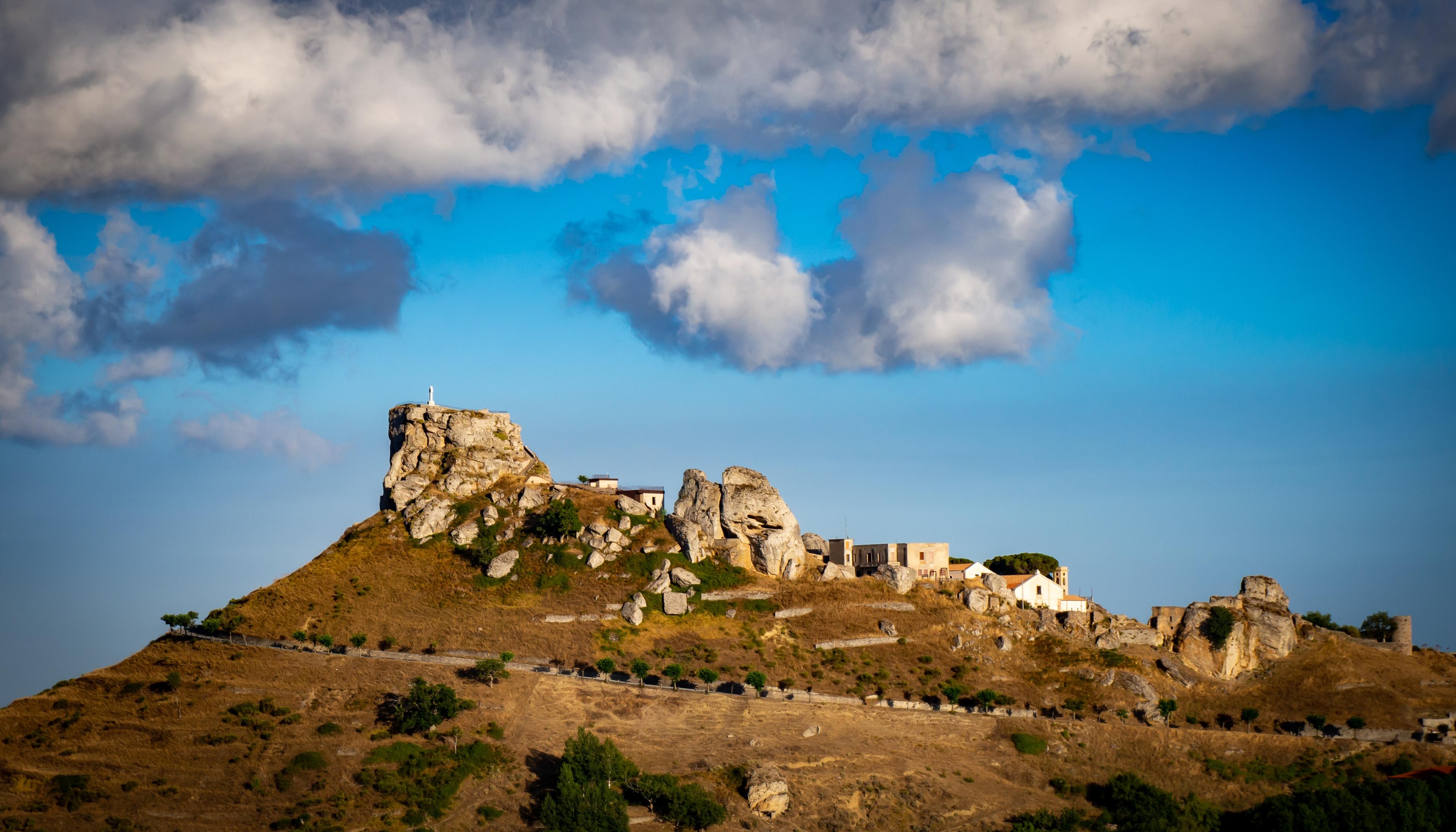
Bova
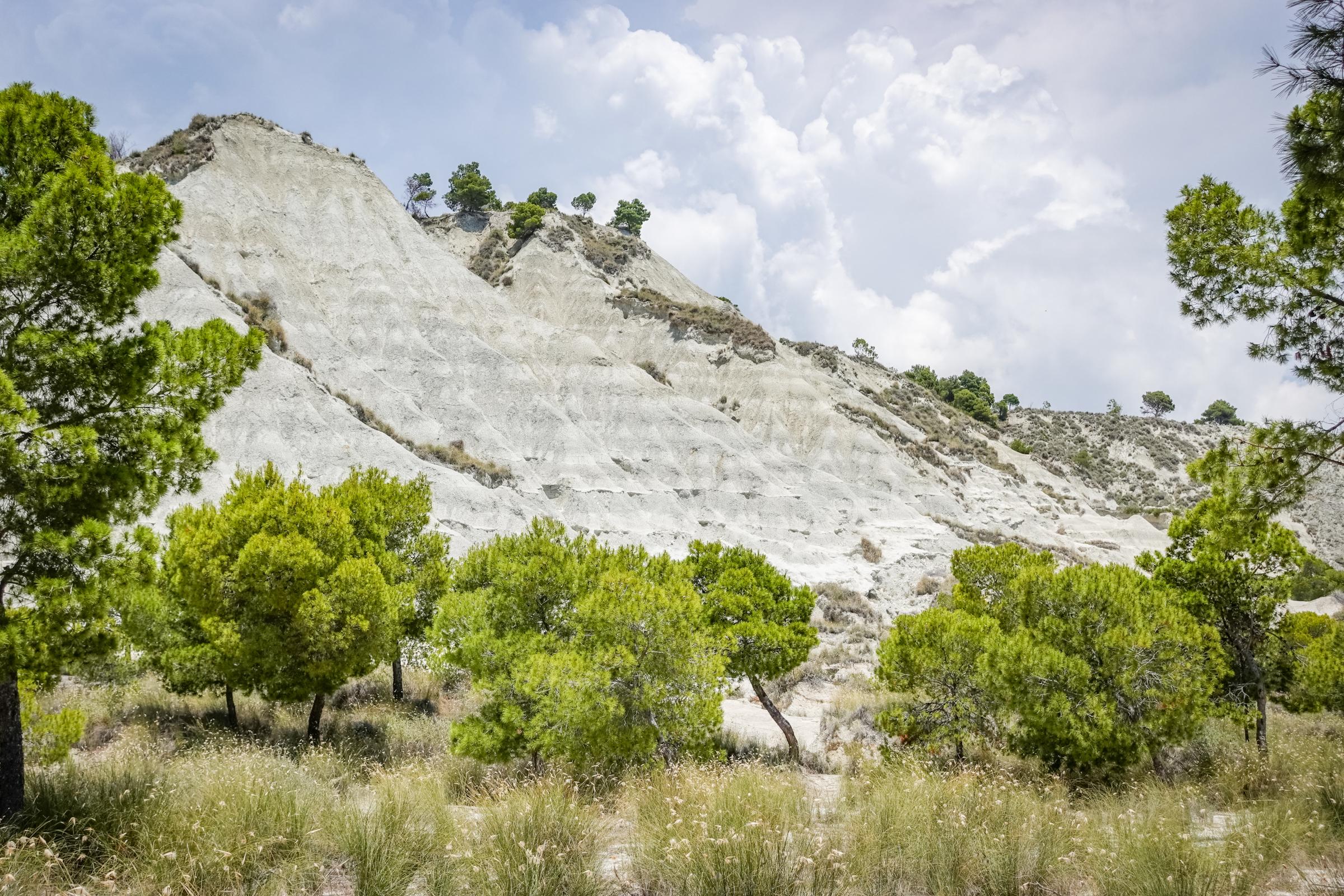
Palizzi
